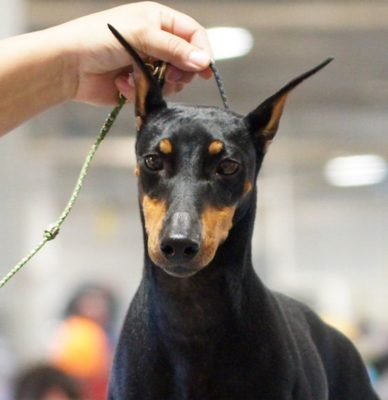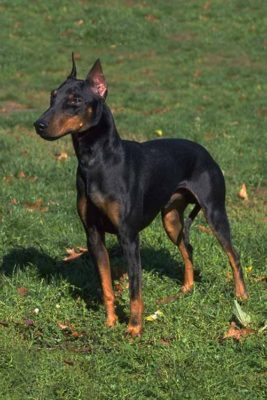Manchester Terrier
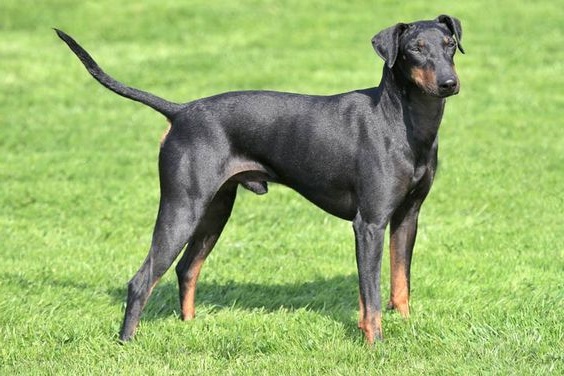
The Manchester Terrier is an exemplary loyal dog, infinitely loving its owner. Despite their aggressiveness, these animals are completely calm at home. Because of their sociability, there is a constant need for the presence of a person nearby. In its absence, the pet suffers and begins to show its hunting traits.
Table of Contents
Breed Information
| Another Name | – |
| Origin | England |
| Height | Males 41 cm Females 38 cm |
| Weight | 5.5-10 kg |
| Fur | Short |
| Color | Black, black and tan, yellow-brown, blue |
| Lifespan | 15-17 years |
| FCI Classification | Terriers |
| Group | Dogs for kids, dogs for apartments, guard dogs |
| Price | $550-650 |
Breed Photos
Origin History
The Manchester Terrier appeared in England in the early nineteenth century. Because of the poor sanitary conditions in the country, small dogs that could exterminate rats were needed. John Hulme, who was keen on the idea of exterminating them, decided to crossbreed the Whippet and the Old English White Terrier.
The strong breed became the perfect match for mice. In 1827, the breed’s ears were cut off to avoid damaging them in fights. Soon the Manchester Terrier became a famous working dog used to hunt small pests. Despite the introduction of a ban on killing them, the number of pets remained almost unchanged. The breed was officially registered in 1886, and in 1923 the American Manchester Terrier Club was founded in the United States.
Appearance
The body of the dog is of medium size. It is smooth and muscular. It is characterized by thin skin and short, soft black fur, which fits the body tightly. The tail is of medium length, thin.
The standard weight ranges from 5.5 to 10 kg and height from 38 to 42 cm. Straight limbs accentuate the hips well.
Its appearance fully reflects the dog’s hunting purpose. With dark, very perceptive, and attentive eyes, with a thin and extended neck, it watches what is going on. The first impression of the dog may be mistakenly slightly aggressive.
Character
The Manchester Terrier is an exemplary loyal dog, infinitely loving its owner. Despite their aggressiveness, these animals are completely calm at home. Because of their sociability, there is a constant need for the presence of a person nearby. In its absence, the pet suffers and begins to show its hunting traits.
He gets used to children in the house too quickly and does not conflict with other animals, except for rodents. Its instincts as a fighter against mice are often reminded of themselves. When guests come, the Manchester Terrier closely monitors the owner’s safety and starts barking if he senses danger.
His temperament is characterized by intelligence and willingness to learn. Thus, he easily adapts to the conditions of life both in the house and in the apartment.
Care
Manchester Terriers depend on the attention and presence of people. They need the company of their owner and tangible physical activity. You can keep your dog fit with toys.
Nutrition is another important part of a Manchester Terrier’s health. The proportions depend on the puppy’s age and weight, which is not at all fussy about food. He adapts easily to the style and rhythm of his owners’ lives.
In case the dog is not active enough for several days in a row, except that he will come off at full stretch at the first opportunity. In turn, this can lead to joint problems, stretch marks, etc.
Training
The Manchester Terrier training involves a combination of perseverance, determination, and strict but moderate discipline. He is characterized by stubbornness and disobedience, which can be removed with a little effort. The reason is primarily that the owner is a kind of idol for him.
At all stages of training, the dog must be respected and encouraged. Otherwise, he will remember the adverse reaction and respond as well.
It is essential to provide him with excellent rewards for the commands he completes. This motivates him. Thanks to the pet’s sharp mind, he is aware of the element of gratitude and, in turn, demonstrates a return during his training.
Common Diseases
The Manchester Terrier has good health and a robust immune system. With proper care, they can live up to 17 years without problems.
But there are still some diseases that occur in dogs:
- hypothyroidism;
- Willebrand’s disease;
- partial baldness;
- hernias;
- diabetes;
- epilepsy;
- sprains and fractures of limbs.
Nutrition
Nutrition should be complete and balanced. Contain proteins, carbohydrates, fats, vitamins, and minerals. During the puppy’s growth period, it is important to add plenty of calcium to the food.
It is useful to give by-products (liver, heart). Do not give fatty meat. Once a week, you can give fish, but before it should be thoroughly cleaned of bones.
Acidic milk products normalize microflora and contribute to better digestion. Clean water should always be readily available.
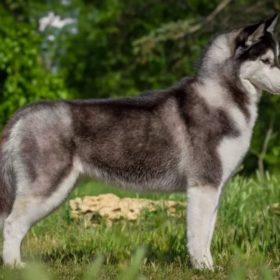 Jämthund
Jämthund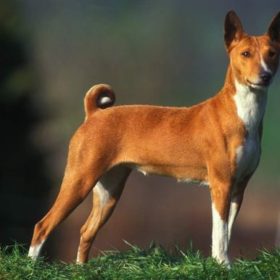 Basenji
Basenji Skye Terrier
Skye Terrier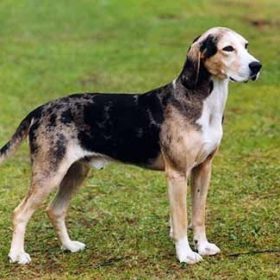 Dunker
Dunker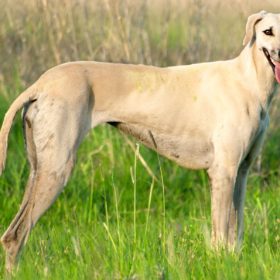 Sloughi
Sloughi Basset Bleu de Gascogne
Basset Bleu de Gascogne